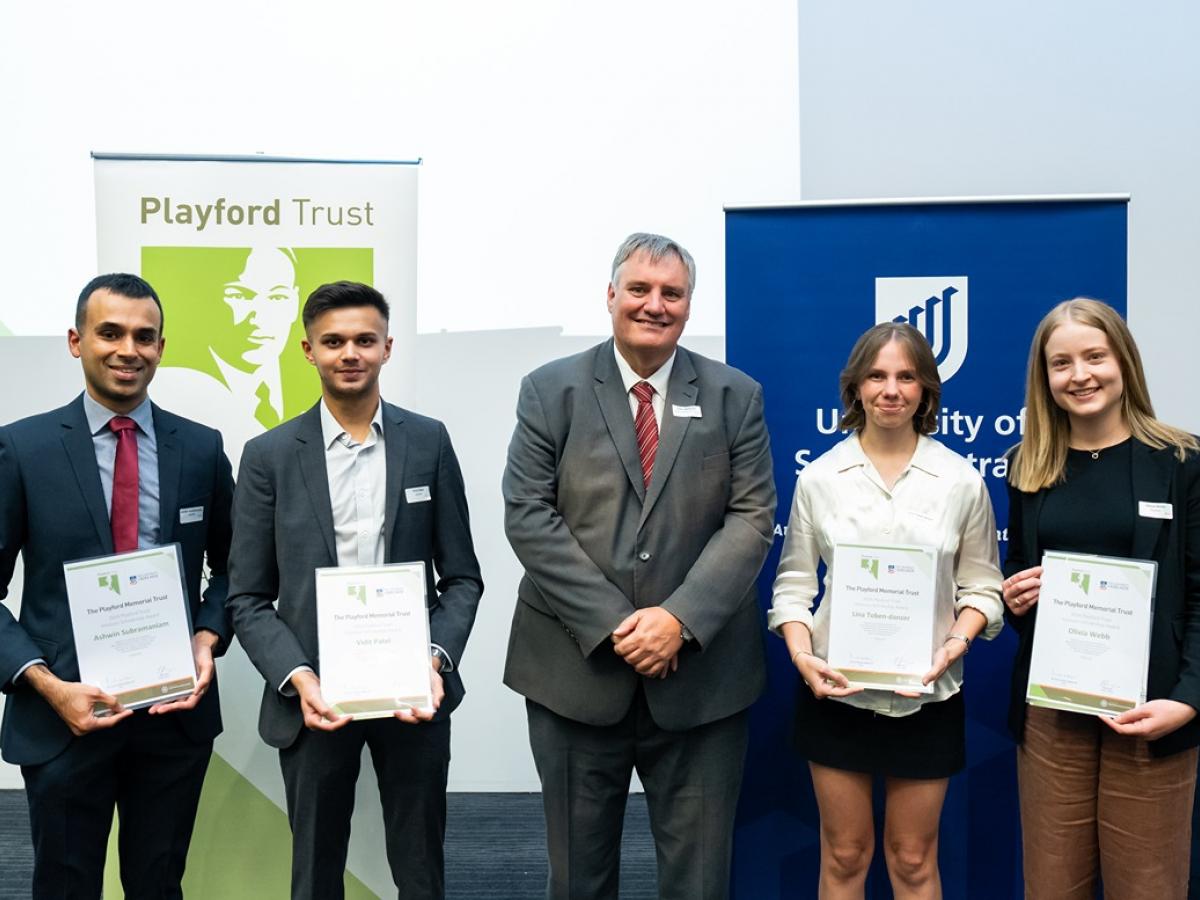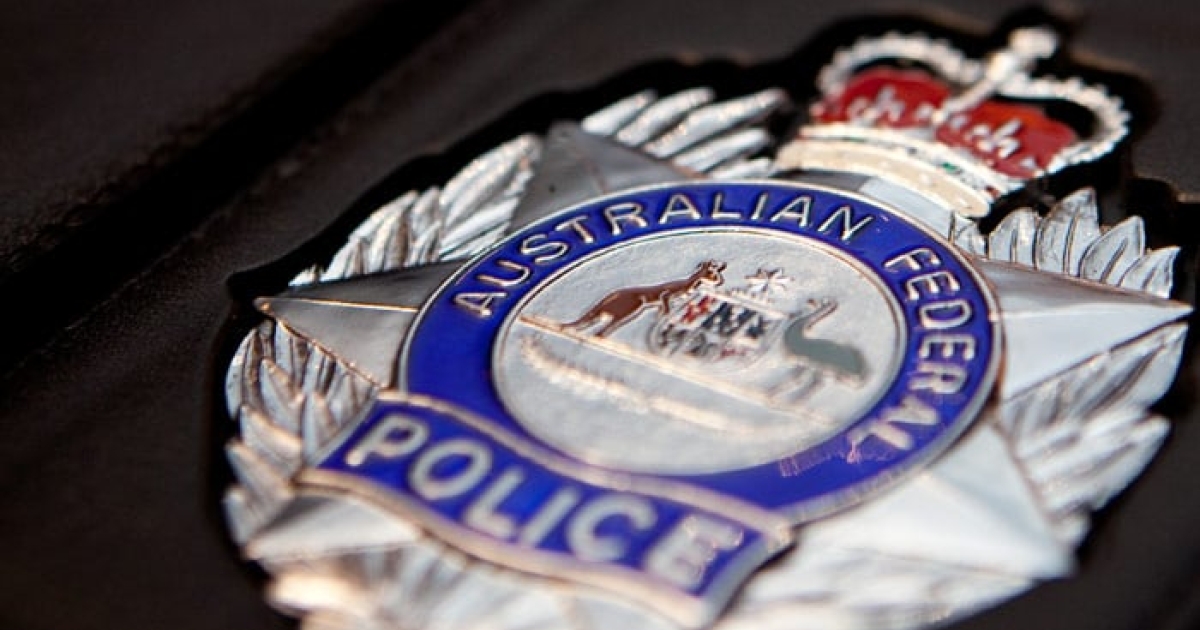Victorians were stunned when a huge surge in COVID-19 cases were reported, with illegal gatherings on the AFL Grand Final weekend a key driver in transmission rates, despite Melbourne being in lockdown.
OPINION
By Burnet’s Director and CEO, Professor Brendan Crabb AC and Burnet medical epidemiologist, Professor Mike Toole AM writing in the Age.
Victorians were shocked by Thursday’s new case numbers – 1438 – up 50 per cent from the previous peak of 950 just one day earlier. The state’s health care workers will be especially stunned, bracing for the tremendous additional challenge that awaits them.
AFL Grand final celebrations were the likely main trigger with one-third of the new cases having attended some form of illegal gathering over the long weekend. Many cases are in new households not previously known to contact tracers. Moreover, mobility data suggests that there was more movement in Melbourne over the weekend than at any time during the lockdown.
 Image: Gatherings in breach of lockdown restrictions are believed to have caused the spike in COVID cases. The Age.
Image: Gatherings in breach of lockdown restrictions are believed to have caused the spike in COVID cases. The Age.
Victoria’s current three-day average of new daily cases sits at 1085. As of now, about 80 per cent of Victorians 16 years and older have received one dose of a COVID-19 vaccine and 50 per cent of this group have been fully vaccinated. NSW reached this level of vaccination on September 17 and its peak three-day average of 1476 on September 11 after which case numbers have steadily declined. This decline has been associated with remarkably accelerated vaccination rates, especially in 12 LGAs of concern, as well as strict targeted restrictions on movement and gatherings.
Hospitalisations in NSW reached a peak of 1268 on September 21, 10 days after the peak in cases, and have steadily declined since then. Victoria has 398 COVID patients in hospital but sadly, we can expect a substantial increase over the next two to three weeks.
So, will Victoria follow the trajectory of new cases witnessed in NSW?
That is a question that can’t be answered until we see the numbers in the coming week or so. But if NSW is any guide, there is hope that with rapidly increasing vaccination, including in the younger 12 to 15 age group, and with the current strong restrictions in place, this will be the case.
As bad as the current cases and disease impacts are, the bigger concern for both states is what will happen as stay-at-home and other restrictions are eased? The Victorian road map indicates that the community needs to brace itself.
Vaccination is clearly the cornerstone of the way out. It is incredibly effective, especially in protecting against severe disease and death. In just one example, a comprehensive analysis by the Washington Post looked at vaccination and hospitalisation rates in every county in the USA. There was a stark divide in the percentage of hospital beds occupied by COVID patients between counties with high vaccination rates and those with low rates. The latter had hospitalisation rates up to 10 times higher than those with high vaccination rates.
Getting vaccinated is the top priority for all of us. Despite this, however, it is now clear that even at relatively high rates of population coverage, vaccines are not enough on their own to keep COVID from having a significant impact. For example, both Israel and Singapore have among the highest vaccination rates in the world; however, both countries are experiencing their most severe waves since the pandemic began. Both countries have had to reintroduce mandated masks and other restrictions to control the outbreaks.
So, what can be done to minimise and hopefully avoid altogether lockdown restrictions as we move to a higher vaccine coverage future?
The answer is to commit wholeheartedly to a “vaccines plus” strategy.
The “plus” includes a range of less-disruptive measures such as a superior mask strategy, strong mitigation of airborne transmission with defined ventilation/air filtration approaches and, importantly, ongoing capacity to test, trace, isolate and quarantine those infected with the virus.
A cornerstone of all of this working well is to keep numbers low, likely no more than somewhere in the hundreds of cases per day – the tracing system depends on this. We also must continue to innovate in testing regimes. The introduction of do-it-yourself style rapid antigen testing is one such innovation Australia will likely soon have to grapple with.
These latest high numbers are a hard lesson for Victoria in just how quickly the trajectory of the epidemic can go badly awry. And these are not just numbers of course, there will be many distressing human stories come from these cases let alone all those that will be seeded from these events.
The key lesson is that Victoria must hold its nerve with cautious easing restrictions.
It needs to continue to accelerate vaccination to very high levels – supply and delivery barriers simply must be overcome – while at the same time plotting an aggressive “plus” strategy, the tone of which was set a week or so ago with a bold policy to accelerate safe opening of schools; one that included the ground-breaking purchase of 51,000 air filtration units.
We all must play our part in recognising there is no easy way out of this. The end is in sight, but we can’t shortcut our way to a safe future.
Read the article on The Age website.








